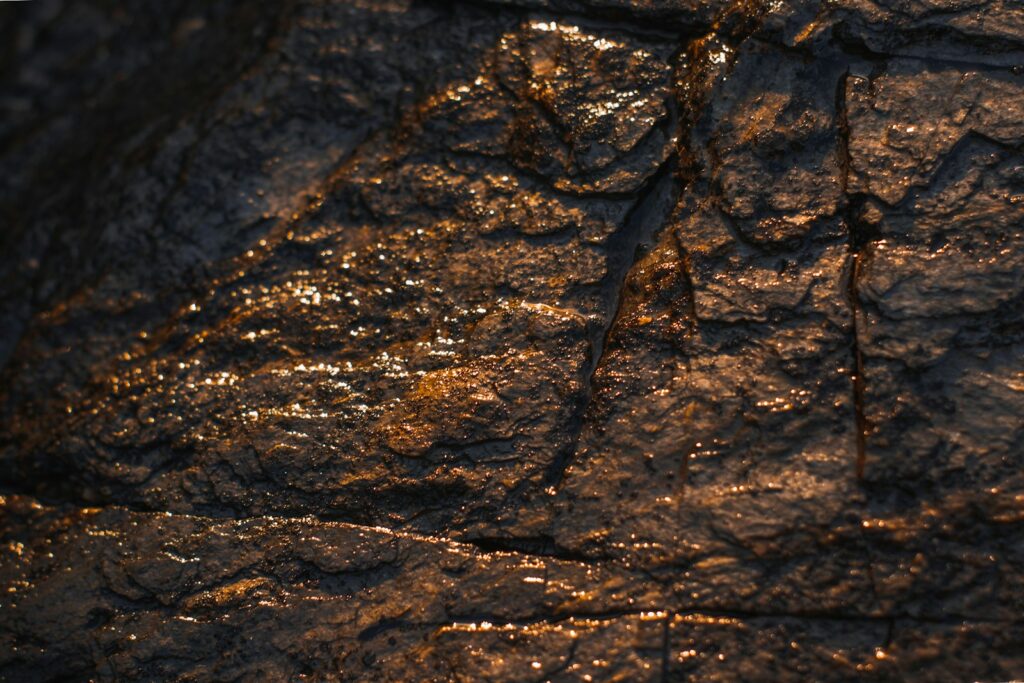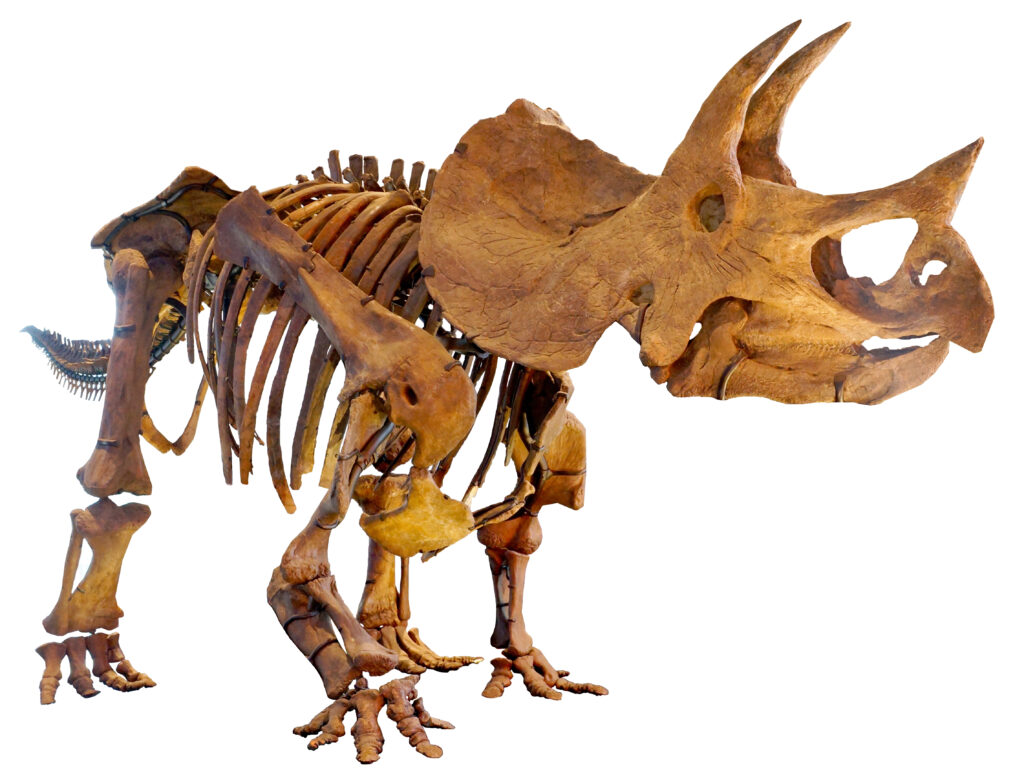Imagine stepping outside your front door and seeing a massive Brontosaurus grazing peacefully in your neighbor’s yard, while a small pack of Velociraptors hunts in the nearby forest. Picture humans and dinosaurs sharing the same planet, not as enemies locked in survival battles, but as coexisting species that evolved together over millions of years. This isn’t just the stuff of science fiction movies – it’s a fascinating scientific thought experiment that challenges everything we think we know about evolution, extinction, and the delicate balance of life on Earth.
The question of whether humans could have evolved alongside dinosaurs touches on some of the most profound mysteries in paleontology and evolutionary biology. What if that catastrophic asteroid never hit Earth 66 million years ago? What if dinosaurs had continued to evolve and adapt while early mammals began their own evolutionary journey toward intelligence? The implications are staggering, and the possibilities are far stranger than any Hollywood blockbuster could imagine.
The Great Extinction That Changed Everything
The Cretaceous-Paleogene extinction event stands as one of the most dramatic turning points in Earth’s history. When that massive asteroid slammed into what is now Mexico’s Yucatan Peninsula, it didn’t just kill the dinosaurs – it completely reshuffled the deck of life on our planet. The impact released energy equivalent to billions of nuclear bombs, triggering global wildfires, massive tsunamis, and a nuclear winter that lasted for years.
Without this catastrophic event, the evolutionary trajectory of life on Earth would have been fundamentally different. Dinosaurs had already been evolving for over 160 million years by the time of the extinction, developing incredible diversity in size, behavior, and ecological niches. Some species were already showing signs of increased brain complexity and social behaviors that could have led to even more dramatic evolutionary leaps.
The extinction created a massive ecological vacuum that allowed mammals to rapidly diversify and eventually dominate terrestrial ecosystems. In our alternate timeline, this vacuum would never have existed, forcing mammals and dinosaurs to continue their evolutionary arms race in ways we can barely imagine.
Dinosaur Intelligence: The Unfinished Evolution
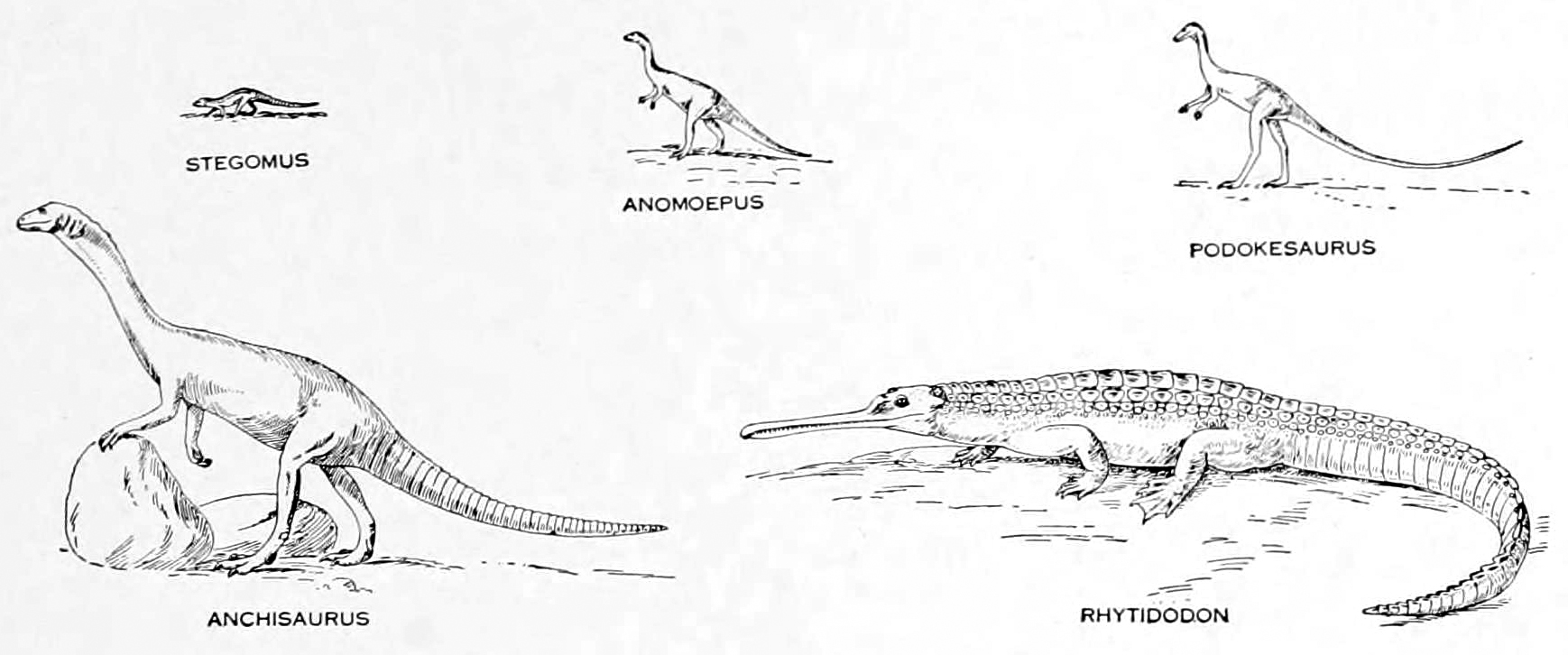
Recent discoveries have revolutionized our understanding of dinosaur intelligence, revealing creatures far more sophisticated than the slow, lumbering beasts of popular imagination. Troodon, for example, had a brain-to-body ratio comparable to modern birds and showed evidence of complex social behaviors, tool use, and problem-solving abilities. These theropods were already on an evolutionary path toward higher intelligence when the asteroid cut their story short.
In a world without extinction, these intelligent dinosaurs would have had tens of millions of additional years to develop even more sophisticated cognitive abilities. Some paleontologists speculate that certain dinosaur lineages could have eventually developed language, abstract thinking, and even primitive technology. The descendants of Troodon might have become the first truly intelligent reptiles on Earth.
The concept of “dinosauroid” evolution suggests that some theropods could have developed human-like intelligence and even bipedal, tool-using body plans. While highly speculative, this idea is based on real evolutionary trends observed in the fossil record, including increasing brain size and complexity in certain dinosaur lineages.
Mammalian Evolution Under Pressure
In our timeline, mammals remained small, nocturnal creatures for most of the Mesozoic Era, living in the shadows of dinosaur dominance. However, in a world where dinosaurs continued to thrive, mammalian evolution would have faced entirely different pressures and opportunities. The classic story of mammals “waiting their turn” would have been replaced by a more complex tale of coevolution and adaptation.
Some mammalian lineages might have evolved to fill very specific ecological niches that dinosaurs couldn’t exploit. Perhaps some would have become highly specialized burrowers, living in elaborate underground societies. Others might have developed extraordinary climbing abilities, creating arboreal civilizations in the forest canopy where large dinosaurs couldn’t reach.
The pressure to compete with intelligent dinosaurs could have accelerated mammalian brain evolution in unexpected ways. Instead of the relatively gradual development of primate intelligence we see in our timeline, mammals might have evolved highly specialized cognitive abilities focused on outwitting dinosaur predators and competitors.
The Coevolutionary Arms Race
Evolution thrives on competition, and the continued coexistence of mammals and dinosaurs would have created one of the most intense evolutionary arms races in Earth’s history. As each group developed new survival strategies, the other would be forced to adapt or perish. This constant pressure could have driven both lineages to evolutionary heights we can hardly imagine.
Dinosaurs might have evolved more sophisticated pack hunting strategies, complex communication systems, and even primitive tools to maintain their dominance. Meanwhile, mammals would have been forced to develop extraordinary intelligence, social cooperation, and technological solutions to compete for resources and avoid predation.
This arms race could have led to multiple intelligent species emerging simultaneously, each with radically different approaches to problem-solving and survival. The result might have been a planet populated by several intelligent species, each occupying different ecological niches and developing unique cultures and technologies.
Environmental Adaptations and Ecological Niches
The continuation of dinosaur evolution would have created a world with dramatically different environmental pressures and available ecological niches. Large sauropods would have continued to shape landscapes through their feeding habits, creating unique ecosystems that never existed in our timeline. These “dinosaur-engineered” environments would have provided new opportunities for both mammalian and reptilian evolution.
Some environments might have become completely dominated by one group or the other, leading to highly specialized evolutionary adaptations. Coastal regions might have remained primarily dinosaur territory, with massive marine reptiles and shore-dwelling species, while dense forests could have become mammalian strongholds where smaller size and agility provided advantages.
The climate impacts of continued dinosaur evolution would have been substantial. Large herbivorous dinosaurs produce enormous amounts of methane, and their continued existence might have maintained higher global temperatures, preventing ice ages and creating a consistently warm, humid world more favorable to reptilian life.
The Question of Human Origins

In our alternate timeline, the evolutionary path that led to modern humans would have been impossible. The specific sequence of events that drove primate evolution in Africa – including climate changes, forest fragmentation, and the availability of savanna environments – would never have occurred in a dinosaur-dominated world. However, this doesn’t mean intelligent mammals couldn’t have evolved along entirely different lines.
Human-like intelligence might have emerged in completely different mammalian lineages, perhaps among highly social rodents or tree-dwelling marsupials. These alternate “humans” might have developed radically different physical forms, cognitive abilities, and social structures adapted to life in a dinosaur world.
The development of bipedalism, tool use, and language might have occurred in response to entirely different environmental pressures. Perhaps intelligence would have evolved primarily as a defense mechanism against intelligent dinosaur predators, leading to highly paranoid, technology-focused societies very different from our own.
Technological Development in a Dinosaur World

The development of technology in a world shared by intelligent mammals and dinosaurs would have followed completely different paths than our own technological evolution. The need to defend against or cooperate with large, powerful reptilian intelligence would have shaped every aspect of technological development from the very beginning.
Early technologies might have focused heavily on mobility, stealth, and rapid construction of temporary shelters. The ability to quickly build and abandon settlements might have been more important than developing permanent cities. Transportation technology might have emphasized vertical movement and rapid escape routes rather than our focus on horizontal travel and permanent infrastructure.
The materials available for technological development would also have been different. In a world where large dinosaurs continued to produce massive amounts of organic waste and shed material, entirely different material sciences might have emerged. Perhaps bone and keratin-based technologies would have developed far beyond anything we can imagine.
Social Structures and Civilization
The social structures of intelligent species in a dinosaur-coexistence timeline would have been shaped by the constant need for inter-species diplomacy and conflict resolution. Rather than the primarily intra-species conflicts that have shaped human civilization, these societies would have developed around the challenges of negotiating with fundamentally different forms of intelligence.
Mammalian societies might have developed highly sophisticated communication systems designed to work across species barriers. Perhaps complex mathematical or musical languages would have emerged as universal communication tools. The concept of territory and property rights would have been far more complex when dealing with species that range in size from mouse-like mammals to building-sized sauropods.
Religious and philosophical development would have been profoundly different as well. The existence of multiple intelligent species sharing the same world would have made it impossible to develop human-centric worldviews. Instead, complex multi-species philosophies and ethical systems would have emerged to govern inter-species relationships.
Predator-Prey Dynamics and Survival Strategies
The predator-prey relationships in a world where both mammals and dinosaurs achieved high intelligence would have created some of the most complex survival scenarios in Earth’s history. Unlike our world, where humans eventually eliminated most large predators, this alternate Earth would have maintained a delicate balance of intelligent predators and equally intelligent prey.
Survival strategies would have evolved far beyond simple physical adaptations. Both sides would have developed psychological warfare, deception tactics, and complex social alliances. The concept of “pack hunting” would have taken on entirely new meanings when the pack could plan complex strategies, set traps, and even negotiate with potential prey.
Some species might have evolved elaborate mimicry abilities, not just to look like other species, but to mimic their behavior, communication patterns, and even social structures. The line between predator and prey would have become increasingly blurred as intelligence allowed for more complex survival strategies.
Communication Across Species Barriers
One of the most fascinating aspects of this alternate world would have been the development of inter-species communication systems. Unlike our world, where humans eventually became the dominant communicating species, this timeline would have required the evolution of complex multi-species languages and communication protocols.
Different species would have had completely different vocal capabilities, from the low-frequency rumbles of massive sauropods to the high-pitched calls of small mammals. Visual communication systems might have become far more sophisticated, with complex color-changing abilities, gesture languages, and even scent-based communication protocols.
The development of mathematics, art, and music would have been influenced by the need to create universal forms of expression that could be understood across vast differences in sensory capabilities and cognitive structures. The resulting cultural achievements might have been far more abstract and universal than anything humans have created.
The Role of Marine and Flying Ecosystems
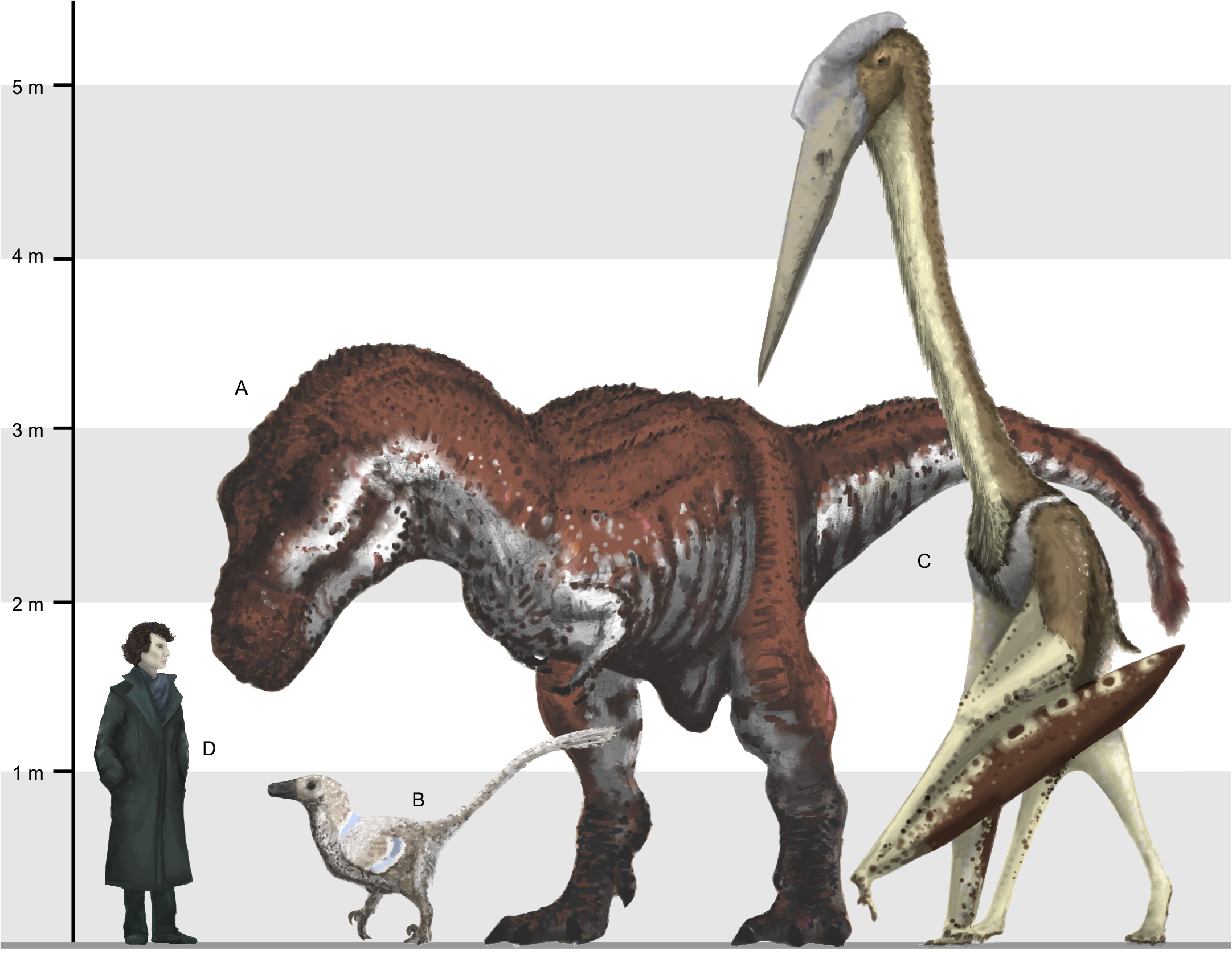
While much attention focuses on terrestrial dinosaur-mammal interactions, the marine and aerial ecosystems of this alternate world would have been equally fascinating. Large marine reptiles like plesiosaurs and mosasaurs would have continued evolving, potentially developing sophisticated intelligence and complex social structures in the ocean depths.
Flying reptiles would have maintained their dominance of the skies, potentially preventing the evolution of large flying mammals and birds. This could have led to entirely different atmospheric ecosystems, with complex aerial territories and three-dimensional thinking that ground-dwelling species might never have developed.
The interaction between terrestrial intelligence and these aerial and marine ecosystems would have created unique challenges. Perhaps some intelligent species would have developed amphibious capabilities to exploit multiple ecosystems, or complex cooperative relationships with marine and aerial species.
Climate and Geological Impacts
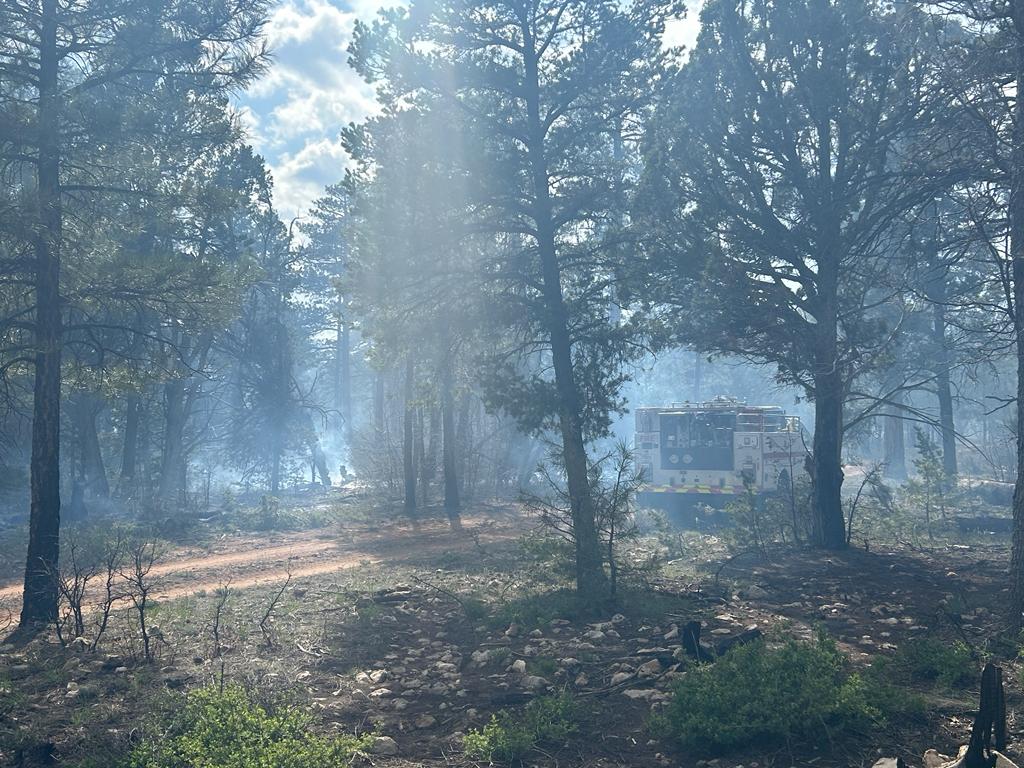
The continued existence of large dinosaur populations would have had profound impacts on global climate and geological processes. The massive biomass of sauropod herds would have created entirely different carbon cycles, potentially preventing the development of ice ages and maintaining a consistently warm, humid global climate.
Geological processes would have been affected by the constant trampling and landscape modification by enormous herbivorous dinosaurs. River systems, soil formation, and even mountain erosion patterns would have been different. These changes would have created unique selective pressures that would have shaped the evolution of all species.
The absence of ice ages might have prevented the evolutionary pressures that drove much of mammalian brain development in our timeline. However, the constant environmental modification by dinosaurs would have created different but equally intense selective pressures that could have driven evolution in unexpected directions.
Speculation on Modern Consequences
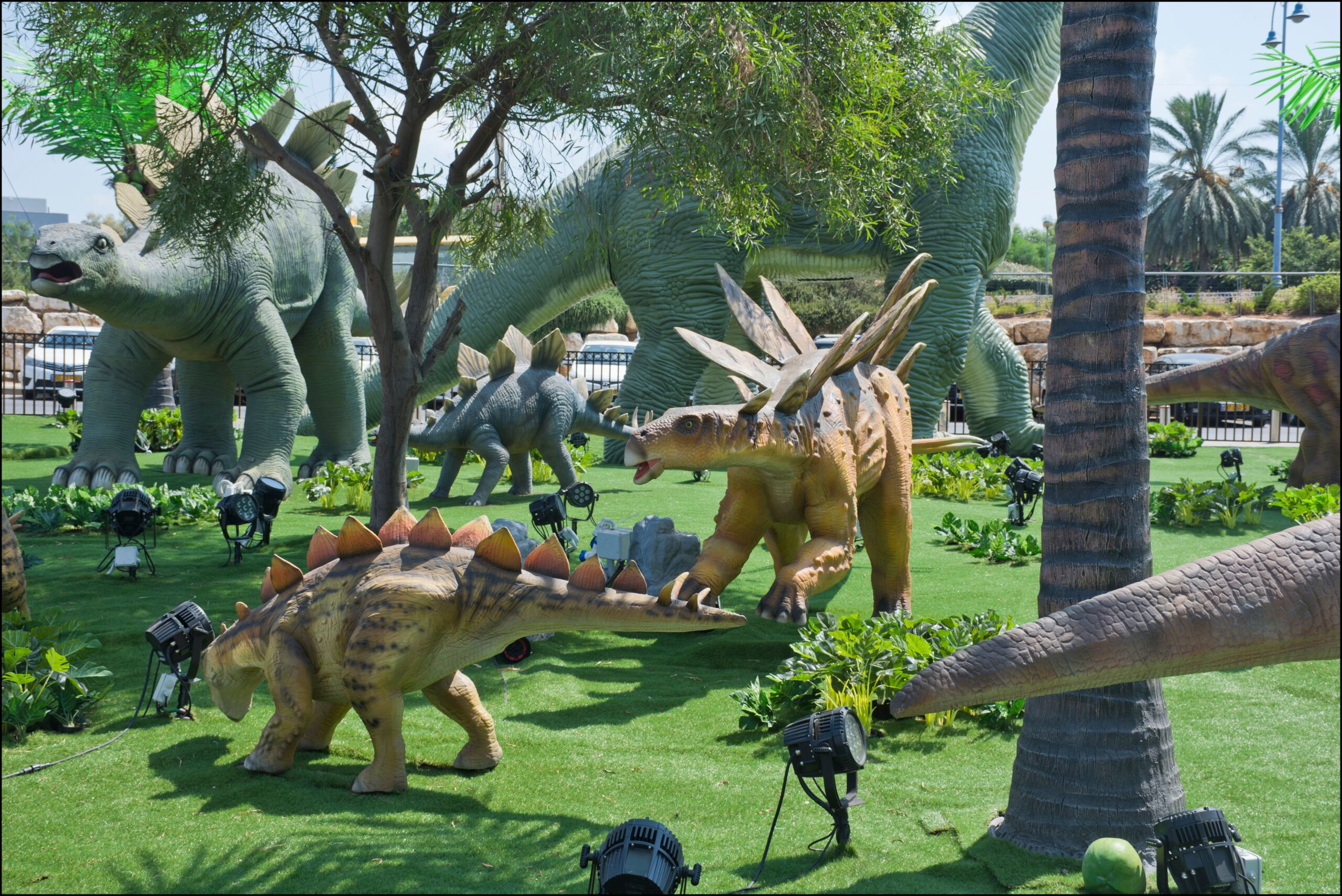
If this alternate evolutionary timeline had continued to the present day, our world would be unrecognizable. Cities might be built around the migration patterns of massive herbivorous dinosaurs, with temporary structures that could be quickly moved when herds passed through. Transportation systems might rely on domesticated pterosaurs or marine reptiles.
The technological development might have been slower in some areas but faster in others. Without the ability to easily exploit fossil fuels (which might never have formed without massive dinosaur extinction), alternative energy sources would have been developed much earlier. Solar, wind, and biological energy systems might be far more advanced than in our timeline.
The philosophical and ethical implications of sharing the world with multiple intelligent species would have created entirely different concepts of rights, consciousness, and moral responsibility. The idea of environmental conservation would have been built into the foundation of civilization rather than being a recent development as it is in our world.
The alternate timeline where humans evolved alongside dinosaurs represents one of the most fascinating “what if” scenarios in evolutionary biology. This speculative journey reveals how dramatically different our world could have been with just one changed variable – the absence of that catastrophic asteroid impact 66 million years ago. The complex web of coevolution, competition, and cooperation between intelligent mammals and dinosaurs would have created a planet of unimaginable diversity and complexity.
Perhaps the most profound insight from this thought experiment is how contingent our current world really is. The dominance of mammals, the development of human intelligence, and the entire structure of modern ecosystems all rest on a single moment of cosmic chance. In understanding these alternate possibilities, we gain a deeper appreciation for the remarkable and improbable journey that led to our current world.

